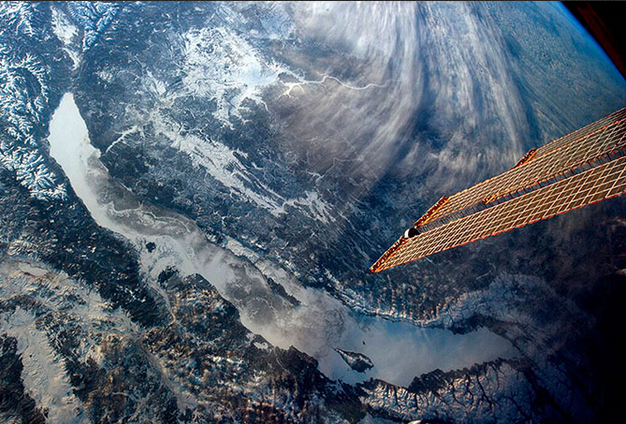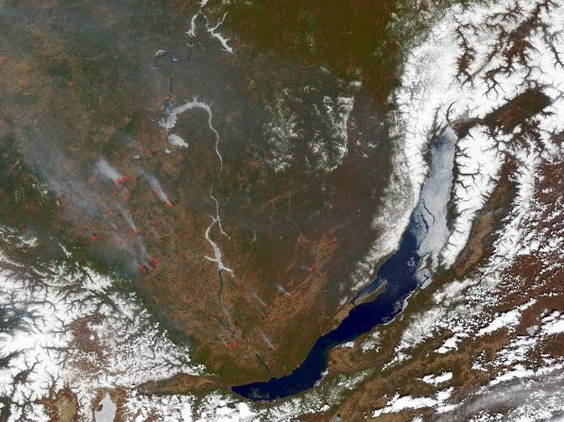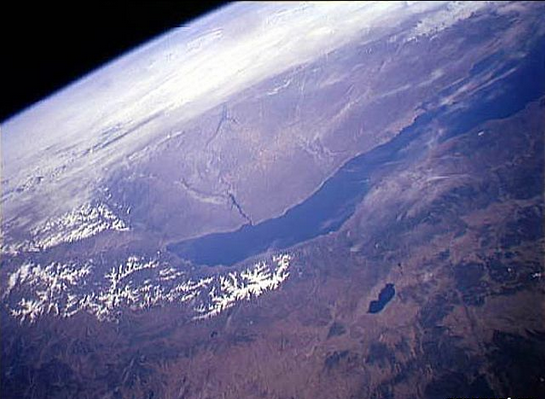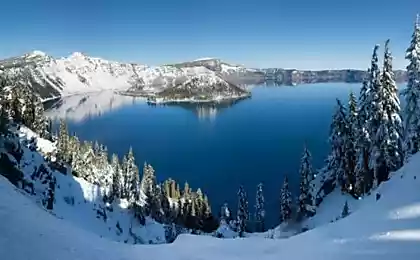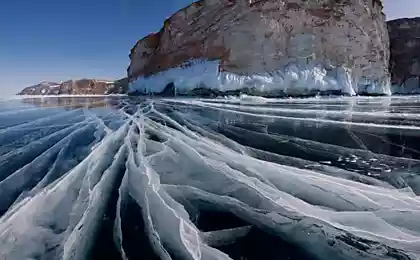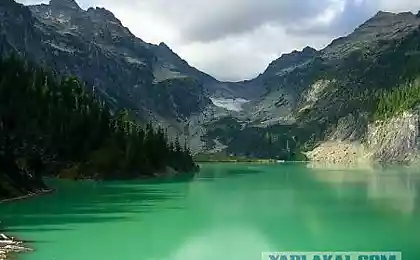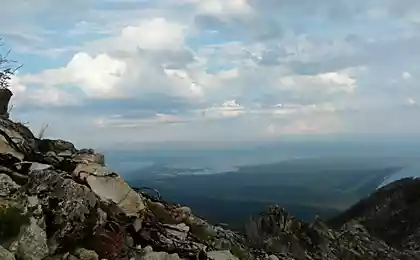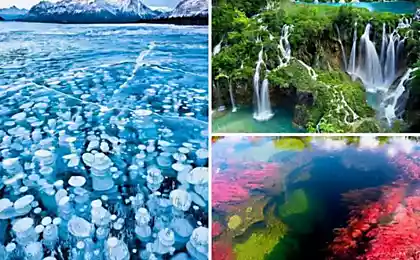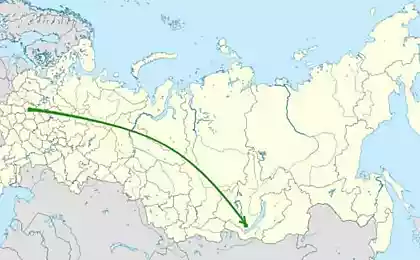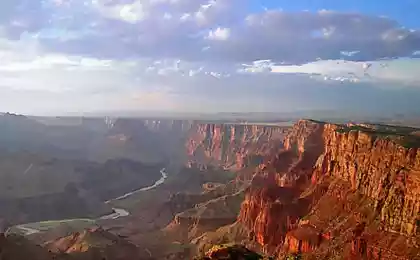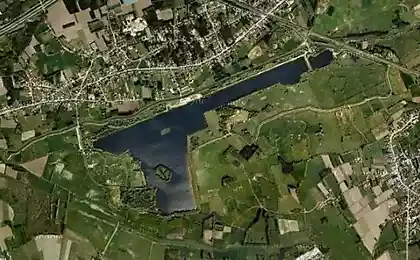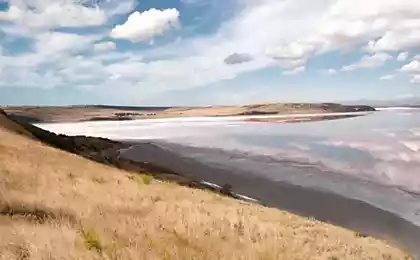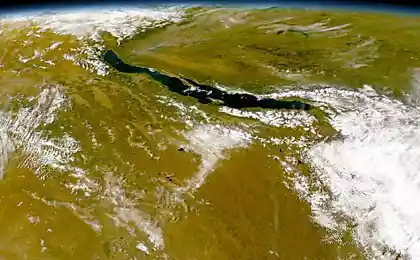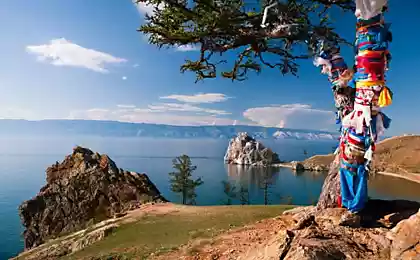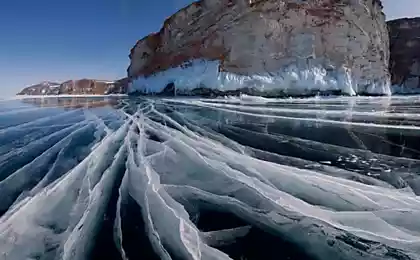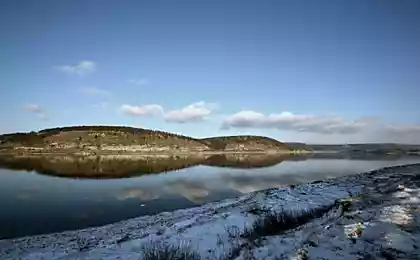1679
Miracle of nature - Lake Baikal
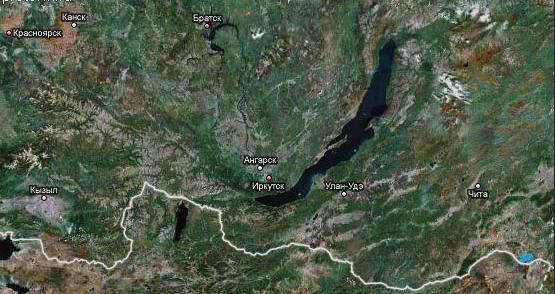
Amazingly beautiful lake, a unique creation of nature in the heart of Eurasia, including the Baikal mountain ridge area. The lake stretches from north-east to south-west almost 640km, the width in some places reaches 80 km. Baikal area is 31722km, which is comparable to the area of countries such as Belgium or the Netherlands. The coastline is about 2100km. The maximum depth of 1637m. Continuing into the lake flows 336 rivers and streams, and follows only one river - Angara.

Clean and clear water of Lake Baikal, oxygenated, has long been considered to be curative. It is very little dissolved and suspended mineral substances and organic impurities. In its composition, the water from the lake can be used instead of distilled. In the spring, when the waters of Lake Baikal as transparent as possible, the individual items can be seen at a depth of 40 meters.
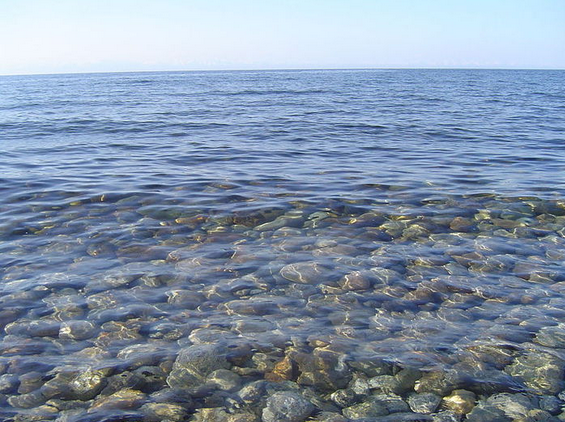
On Baikal has 27 islands. The largest of them - Olkhon (71kkm in length, 12 in width, area of 729km).
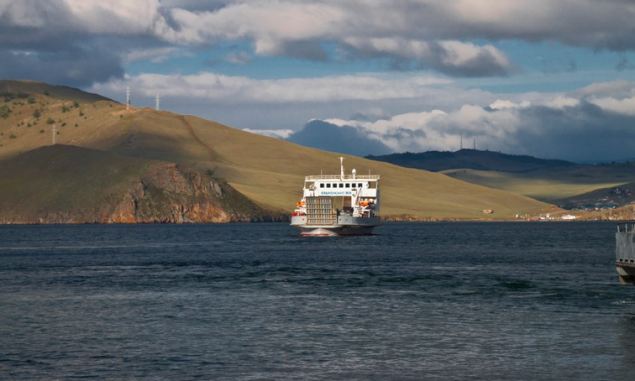
The largest peninsula - "Holy Nose»

The origin of the lake is still scientific debate. Traditionally, the age determined in 30-35mln years. Although there are hypotheses about the origin of the later. According to one age of Baikal is estimated at only 8-10tysyach years.
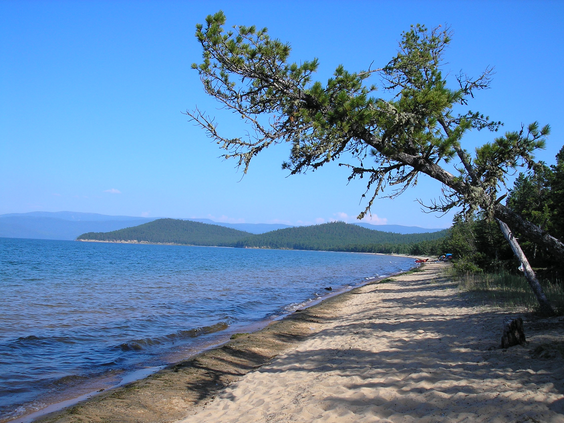

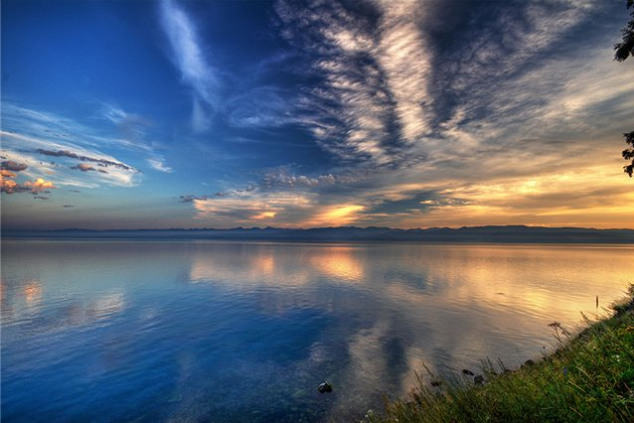
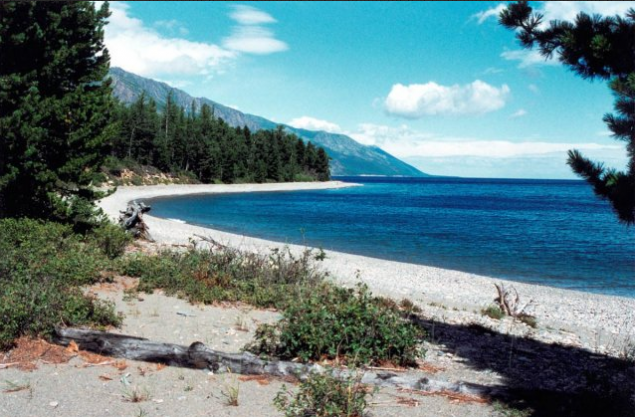


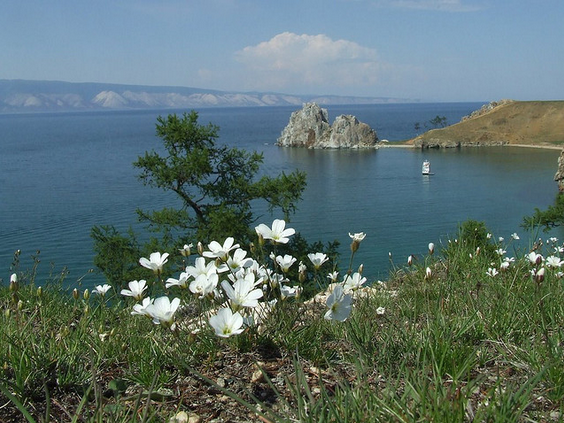
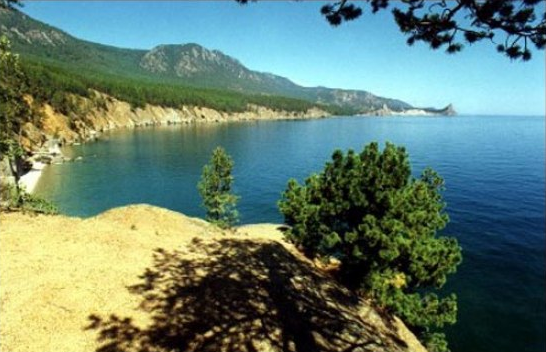


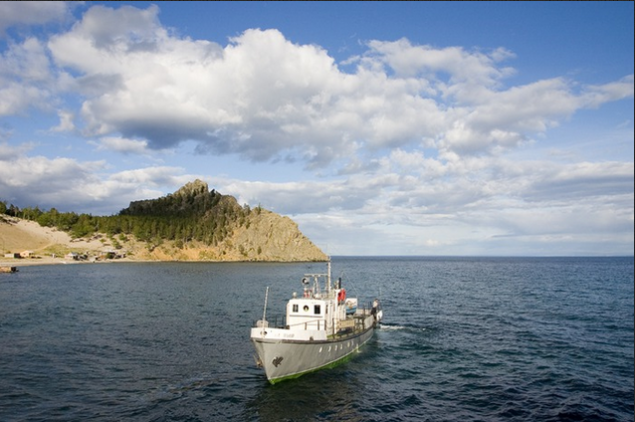
Legendary Shaman stone or Shaman Rock. One of the holy places of Asia has become a kind of calling card of Lake Baikal. Inside the cave there is a through rock to which access has long been the only shamans. Here perform the ritual sacrifice to the spirits, the Cape was the principal place of pilgrimage of believers Buryat shamans whole Baikal area. Near the cape in a sacred grove burned and buried shaman. It gave the oath of allegiance to defend their honor and the promise of duty. Childless asked the spirits of the lake to grant heirs.
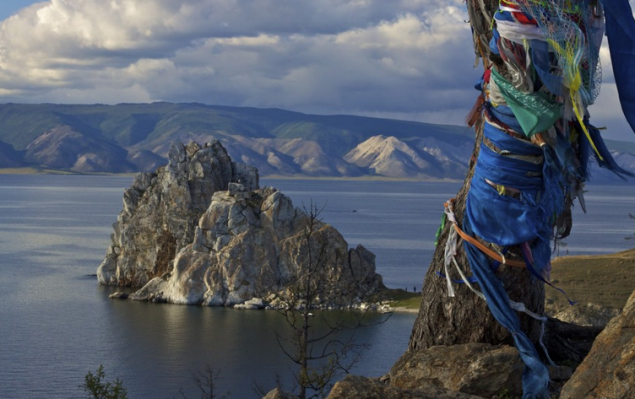
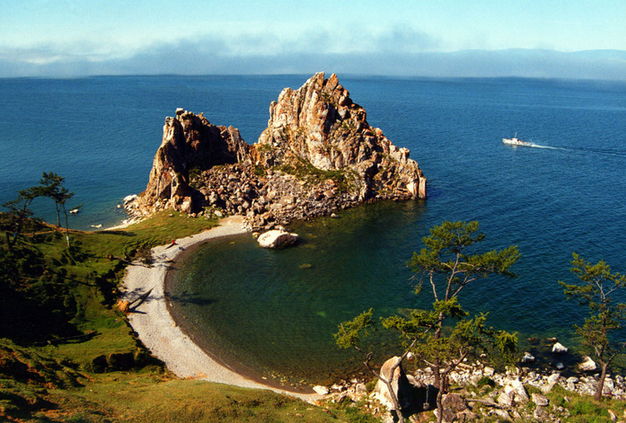
Lake Baikal is home to 2600 species and sub-species of aquatic animals, most of which are endemic, ie found only here. One of them is the Baikal seal. According to the modern qualification refers to the family of seals living in the Arctic Ocean. Until now, scientists disagree about the appearance of seals in Lake Baikal. One theory has penetrated into Baikal seal system of rivers Yenisei-Angara in the glacial epoch.


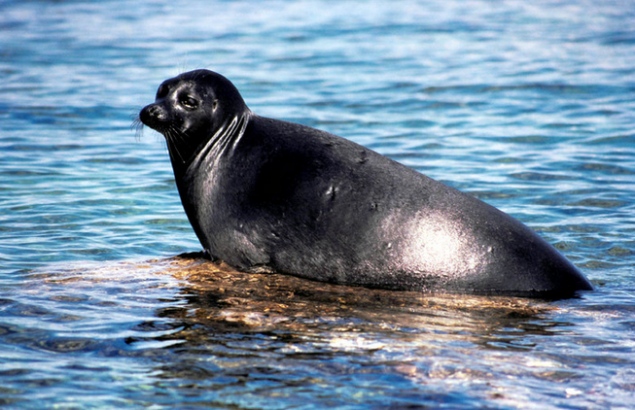
The origin of the name "Baikal" - is also a matter of controversy. The most common version from the Buryat word buy - "stand" and gal - "fire" (according to legend, appeared on the site of Lake Baikal "fire-breathing mountains"), from the same Baikhan Buryat - "natural", "natural", "current", etc. .d.
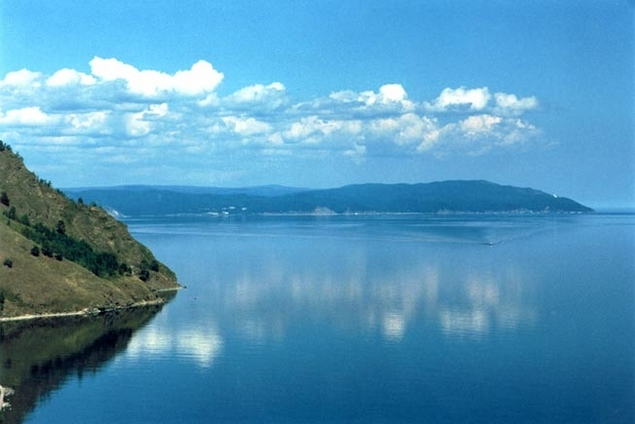
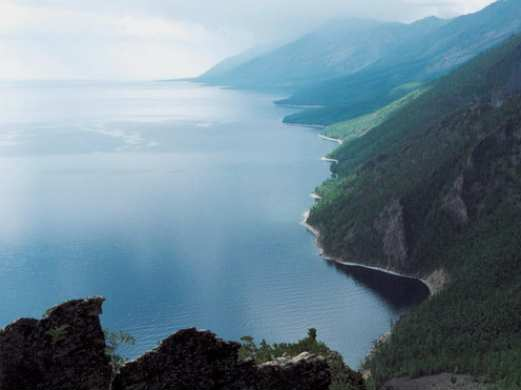

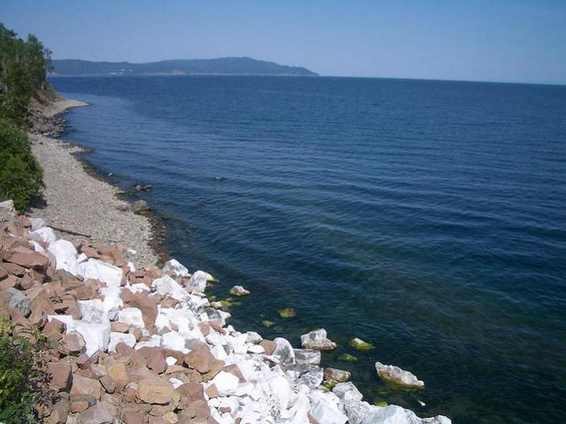
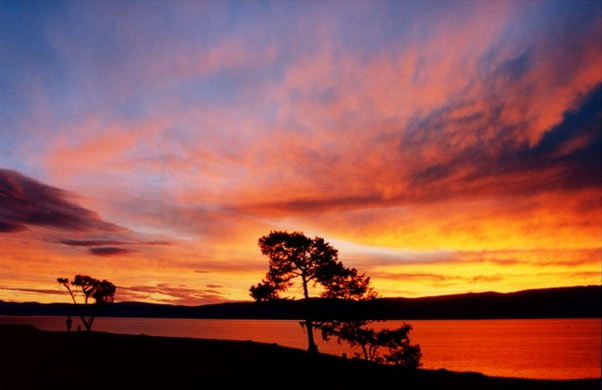
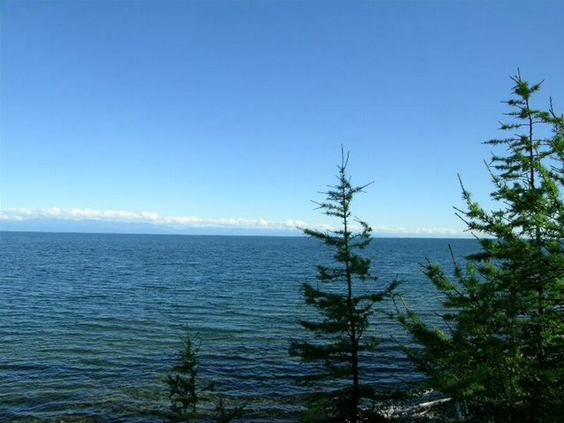


And so the astronauts can see Baikal.
